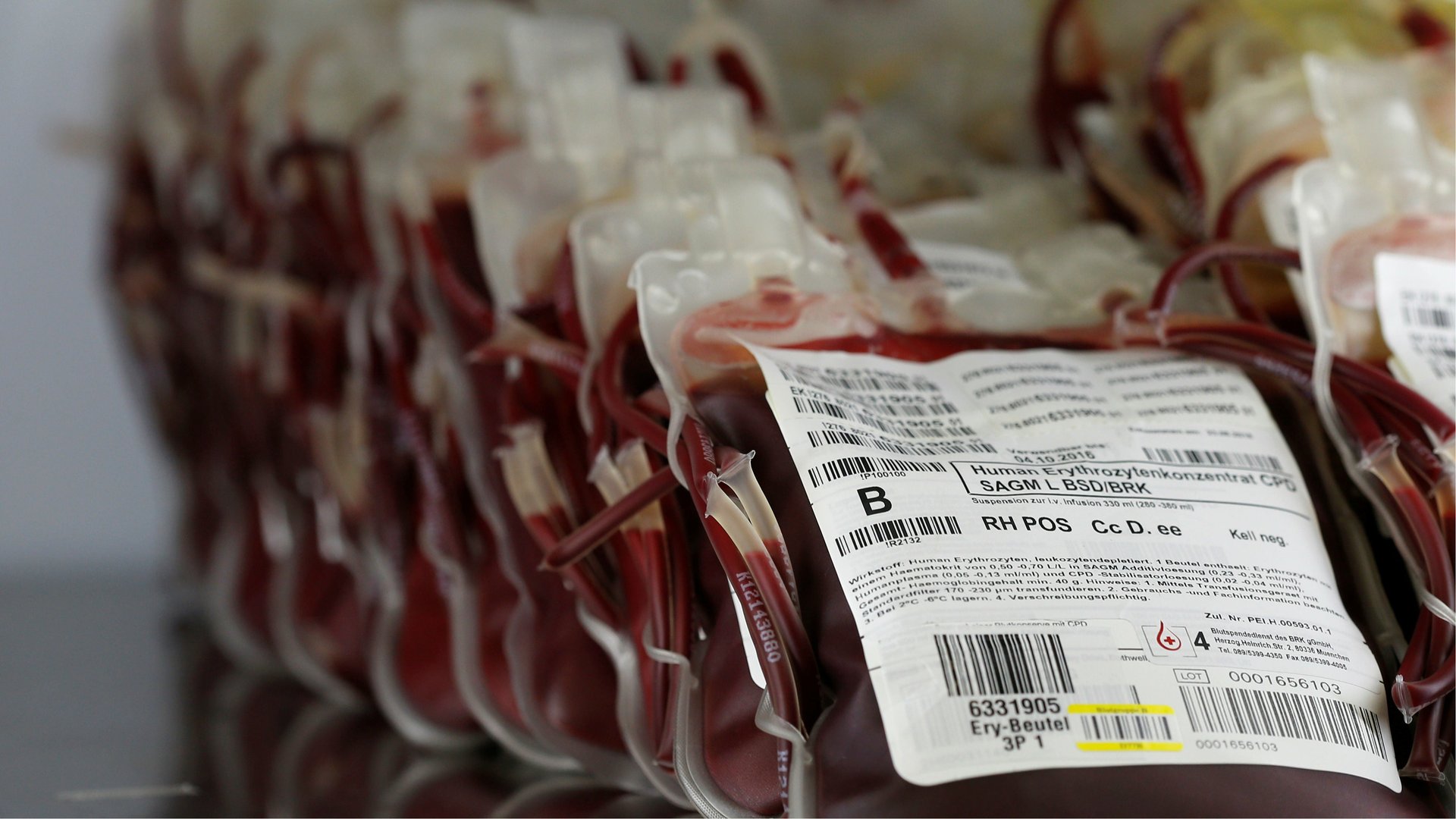Bad news for Peter Thiel and others pinning their anti-aging hopes on the blood of the young
In recent years, some anti-aging researchers and enthusiasts (Silicon Valley investor Peter Thiel among them) have been intrigued by the hypothesis that blood from those younger than us hold the key to reversing mental and physical decline as we age.


In recent years, some anti-aging researchers and enthusiasts (Silicon Valley investor Peter Thiel among them) have been intrigued by the hypothesis that blood from those younger than us hold the key to reversing mental and physical decline as we age.
The belief was largely based on work (paywall) published in 2005 by Stanford University in which young and old mice were sewn together—a technique known as parabiosis, which also has been used in obesity research (paywall). In these experiments, the process seemed to allow the older mice’s muscles and liver cells to heal and replicate at a much more youthful rate.
The research sparked a flurry of other projects looking into the benefits of young blood, but many of them yielded not-so-promising results. On Nov. 22, researchers from the University of California, Berkeley published work in Nature Communications showing that putting young blood in older mice doesn’t make the mice appear significantly more youthful, nor does it appear to reverse the aging process. It simply causes a slight dilution in the aging effects of their old blood. (Meanwhile, blood from older mice actually slowed down the rate at which younger mice could make new cells, which made them appear much older than they actually were.)
The study was led by Irina Conboy, currently a bioengineer at Berkeley—and the same scientist who ran the 2005 Stanford experiment.
In normal parabiosis, two mice end up sharing blood, but also some of the same organ function. In this case, the team developed a continuous transfusion device that allowed a young and an old mouse to share only blood. The device also enabled researchers to manipulate the blood flow so that it goes in only one direction at a time.
The researchers then tested the brains, muscles, and livers of the mice sharing blood supplies. In the old mice with young blood, muscles were a bit stronger and healed slightly better after a minor injury. But there were no major differences in liver or brain cells. Meanwhile, young mice given old blood couldn’t form new brain cells as well as they’d normally be expected to for their age, and were significantly weaker than their peers. (The liver showed no change.) “The young mice became almost as decrepit as the old ones,” Conboy told the MIT Technology Review.
The work shows that there’s something about the composition of older blood that contributes to at least some of the effects of aging. Next, Conboy and her team plan on studying old mouse blood to isolate specific chemicals that could lead to dementia in older adults.
In the US, there are two clinical trials underway in which volunteers over the age of 35 may pay $8,000 to be injected with the liquid part of blood from younger donors. Conboy does not believe her work will actually contribute to this research. “Taking a young person’s blood and infusing it into an old person is not medicine,” she told the MIT publication. “I don’t think that there is any scientific justification that it would work.”